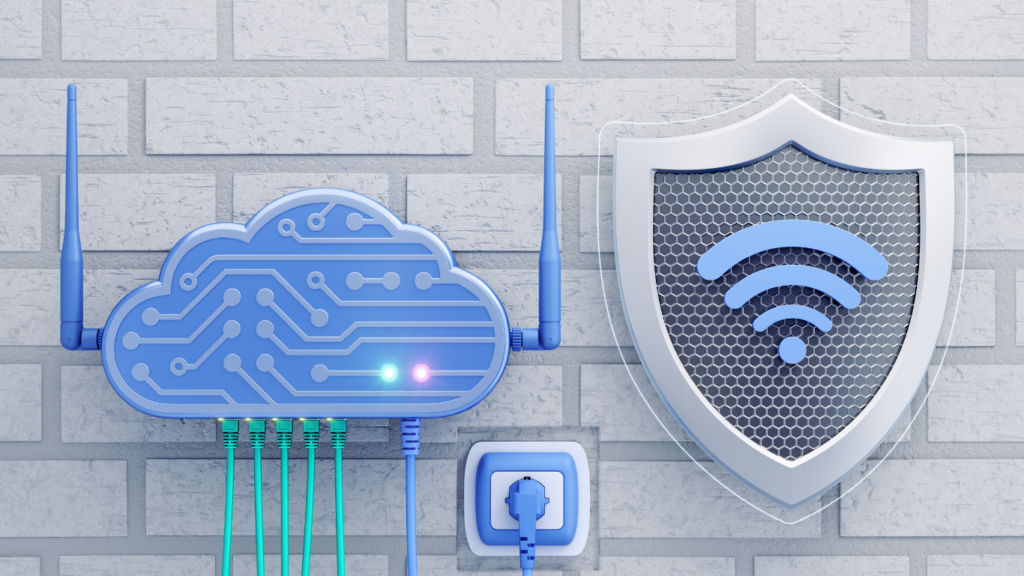Understanding Software Updates
Software updates enhance the functionality and security of applications and systems. These updates usually include:
- new features
- bug fixes
- security patches
Developers release updates frequently to address vulnerabilities exploited by cybercriminals. Ignoring these updates can leave devices susceptible to attacks.
Automatic updates simplify the process by ensuring devices always have the latest protections. Consumers should configure their devices to auto-update whenever possible. While this might occasionally restart devices, it guarantees the latest security measures are in place.
Security patches, integral to software updates, rectify identified vulnerabilities. For instance, a patch may fix a flaw that allows unauthorized access to sensitive data. Applying patches promptly is crucial to maintain device security and data integrity.
Feature updates introduce enhancements that improve user experience. Examples include new user interfaces, added functionalities, and performance improvements. Keeping software up-to-date ensures users benefit from the latest advancements.
Bug fixes resolve issues that degrade software performance. Regular updates address and correct these bugs, resulting in more stable and efficient applications. This can prevent crashes and improve overall user satisfaction.
Compliance requirements often necessitate updates. Regulatory bodies may enforce standards that require the latest security protocols. Staying updated helps organizations and individuals comply with these regulations, avoiding potential legal issues.
Recognizing the critical nature of software updates, individuals and organizations must prioritize installing them. Cyber threats evolve rapidly, and timely updates are a primary defense, safeguarding personal and professional environments.
The Relationship Between Software Updates and Security

Regular software updates are crucial for maintaining robust security. Updates often contain patches and fixes that address vulnerabilities, improving the overall defense of devices and systems.
Patch Management
Patch management involves systematically applying updates to software to fix known vulnerabilities. Effective patch management can prevent cybercriminals from exploiting these weaknesses. I’ve found that maintaining an organized schedule for updates ensures that patches are applied promptly, reducing the window of opportunity for attacks.
Vulnerability Mitigation
Vulnerability mitigation focuses on reducing the risk of exploitation by addressing security flaws in software. Regular updates help mitigate vulnerabilities by closing the security gaps that hackers could otherwise exploit. In my experience, staying current with updates significantly lowers the risk of breaches and enhances the protection of sensitive data.
Benefits of Regular Software Updates
Regular software updates are essential for maintaining optimal performance and security in any digital environment.
Enhanced Security
- Software updates often include security patches that address vulnerabilities, which, if left unpatched, could be exploited by cybercriminals.
- Updates can fix previously unknown security flaws, making it harder for attackers to gain unauthorized access.
- Updated software offers improved encryption and authentication protocols, helping to protect sensitive data from breaches.
- Regular updates ensure compliance with the latest security standards, providing a robust defense against growing cyber threats.
Improved Performance
Updates often optimize software performance by fixing bugs and improving efficiency. For example, updates can enhance application speed, reducing load times and improving user experience. Performance improvements may also include better compatibility with new hardware and software, ensuring seamless operation. Regular updates can introduce new features and functionalities, enhancing software capabilities. Staying updated helps reduce system crashes and downtime, contributing to a smoother, more reliable performance.
Common Risks of Ignoring Updates
Ignoring software updates leaves systems vulnerable to various risks. These risks can significantly impact data security and overall system integrity.
Data Breaches
Data breaches occur when unauthorized individuals access sensitive information. Outdated software often lacks the necessary security patches, making it easier for hackers to exploit vulnerabilities. For instance, in 2017, the Equifax breach exposed 147 million people’s personal data due to an unpatched vulnerability.
Cyber Attacks
Cyber attacks involve deliberate attempts to damage or gain illicit access to computer systems. Ignoring updates leaves systems open to malware, ransomware, and other malicious software. In many cases, attackers use known exploits in outdated software to gain control. For example, the 2017 WannaCry ransomware attack targeted outdated Windows systems, affecting over 200,000 computers across 150 countries.
Best Practices for Managing Software Updates
Managing software updates efficiently ensures systems remain secure and function optimally. Following established best practices can streamline the update process.
Scheduling Updates
Scheduling updates minimizes disruptions. Plan updates during periods of low activity to reduce the impact on daily operations. Consider a bi-weekly or monthly schedule based on the software’s criticality and update frequency. Track version releases and prioritize updates that address critical security vulnerabilities. Communicate the update schedule to all affected users to maintain transparency.
Automating Updates
Automating updates ensures timely installation. Use Automatic Update features provided by software developers to apply patches promptly. Configuration Management Tools can automate updates across multiple systems, reducing manual work and administrative overhead. Set up notifications for failed updates to address issues immediately. Regularly verify that automatic updates are functioning correctly to avoid unpatched security threats.





